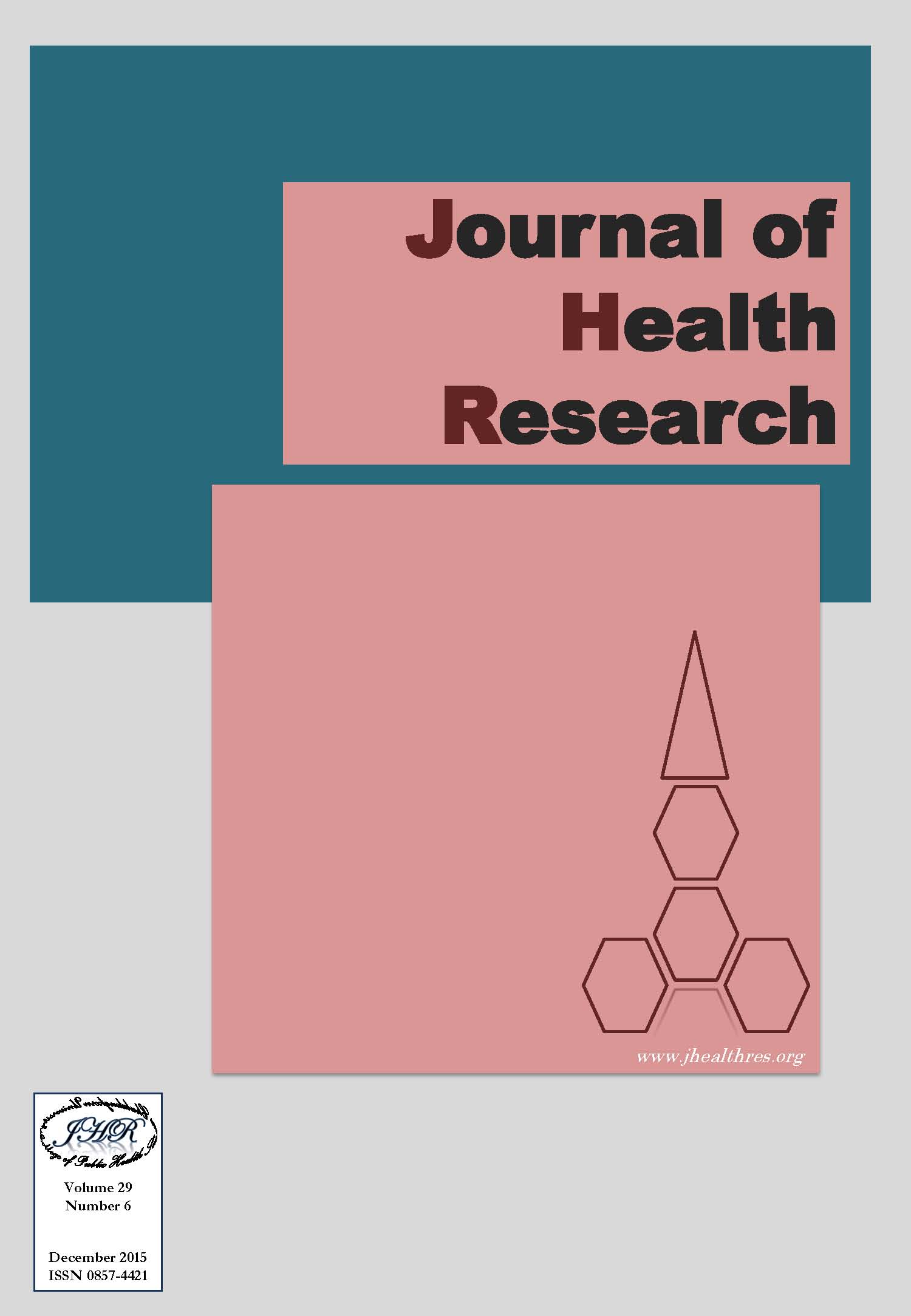Quality of Life in the Elderly Population Living in Bungsan and Ongkarak Sub-District, Nakhon Nayok Province, Thailand
Keywords:
Elderly health, Quality of life, SF-36, ThailandAbstract
Background: Ageing is a phenomenon of both developed and low and middle income countries throughout the globe. Therefore, measurement of quality of the life in ageing populations stands as an important indicator in order to devise proper health care planning in future.
Methods: The objective of the study was to measure health-related quality of life (HRQOL) among elderly populations residing in Bungsan and Ongkarak sub-district of Nakhon Nayok Province, Thailand. Further, it examined the factor affecting quality of life of aged people living in Bungsan and Ongkarak. This was a community based study where multi-stage sampling technique was used to select 471 subjects over 60 years of old. Data were collected using structured SF-36 questionnaires, version 2.0 by trained interviewers. The outcome variable HRQOL was measured using two sub-components – Physical Component Summary (PCS) and Mental Component Summary (MCS). The researchers assessed overall HRQOL among gender and age groups (60-75 years vs. >75 years) of elderly people.
Results: Among all participants, 197 (41.8%) were men, 274 (58.2%) were women, 375 (79.6%) aged 60-75 years; 96 (20.4%) aged over 75 years. Multiple logistic regression indicated that older individuals (> 75 years) possess a higher risk of having low quality of life in both PCS and MCS characteristics of health [OR: 1.20, 95% CI: 1.11 to 3.35 and OR: 2.69, 95% CI: 1.38 to 5.26 respectively] than those aged 60-75 years. In addition, those who suffer from a chronic disease were more likely to have a higher risk of lower score mainly in PCS of HRQOL [OR: 1.15, 95% CI 1.12 to 2.93]. Furthermore, the literate had a lower risk of having low mental scores of HRQOL than those of illiterates [OR: 0.38, 95% CI 0.19 to 0.77] whereas those respondents living alone, had a higher risk of having decreased mental scores of HRQOL, than those of living together with their family [OR: 4.50, 95% CI 1.75 to11.58].
Conclusion: Therefore, the Thai health system should be responsive towards the needs of elderly population and specific prevention strategies must be tailor-made to improve their overall well-being and quality of life.






